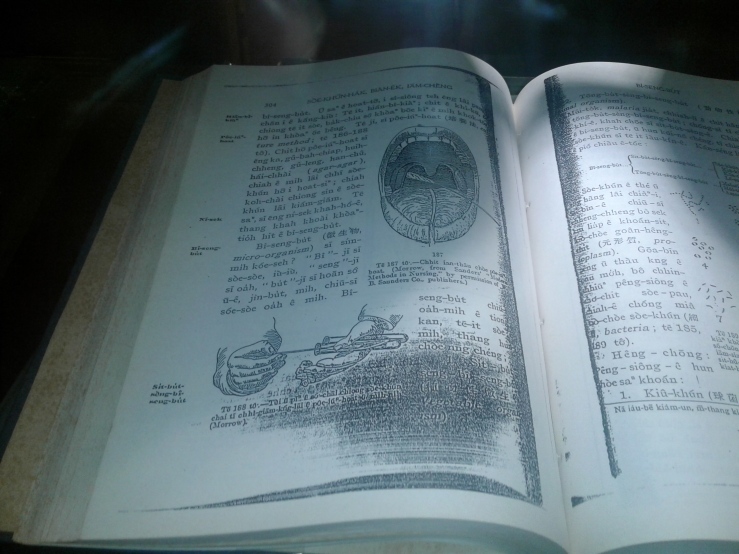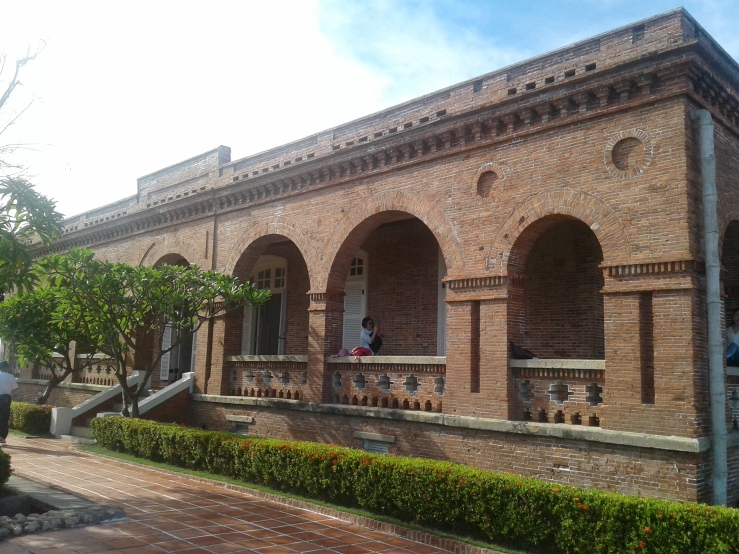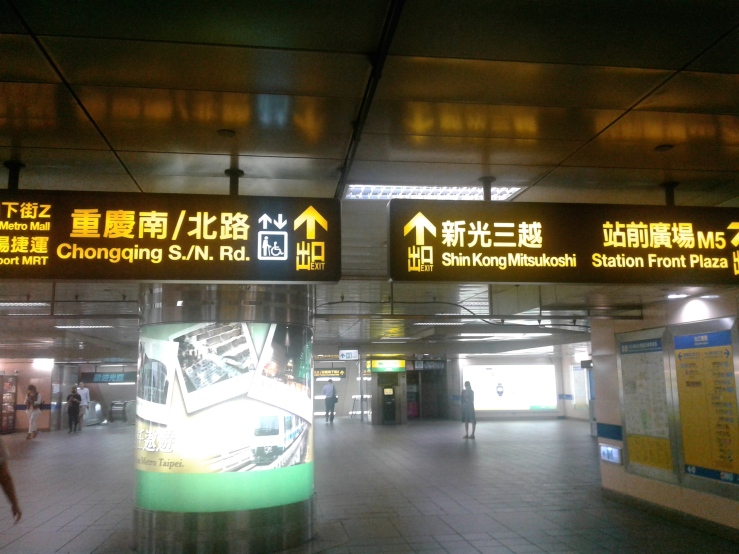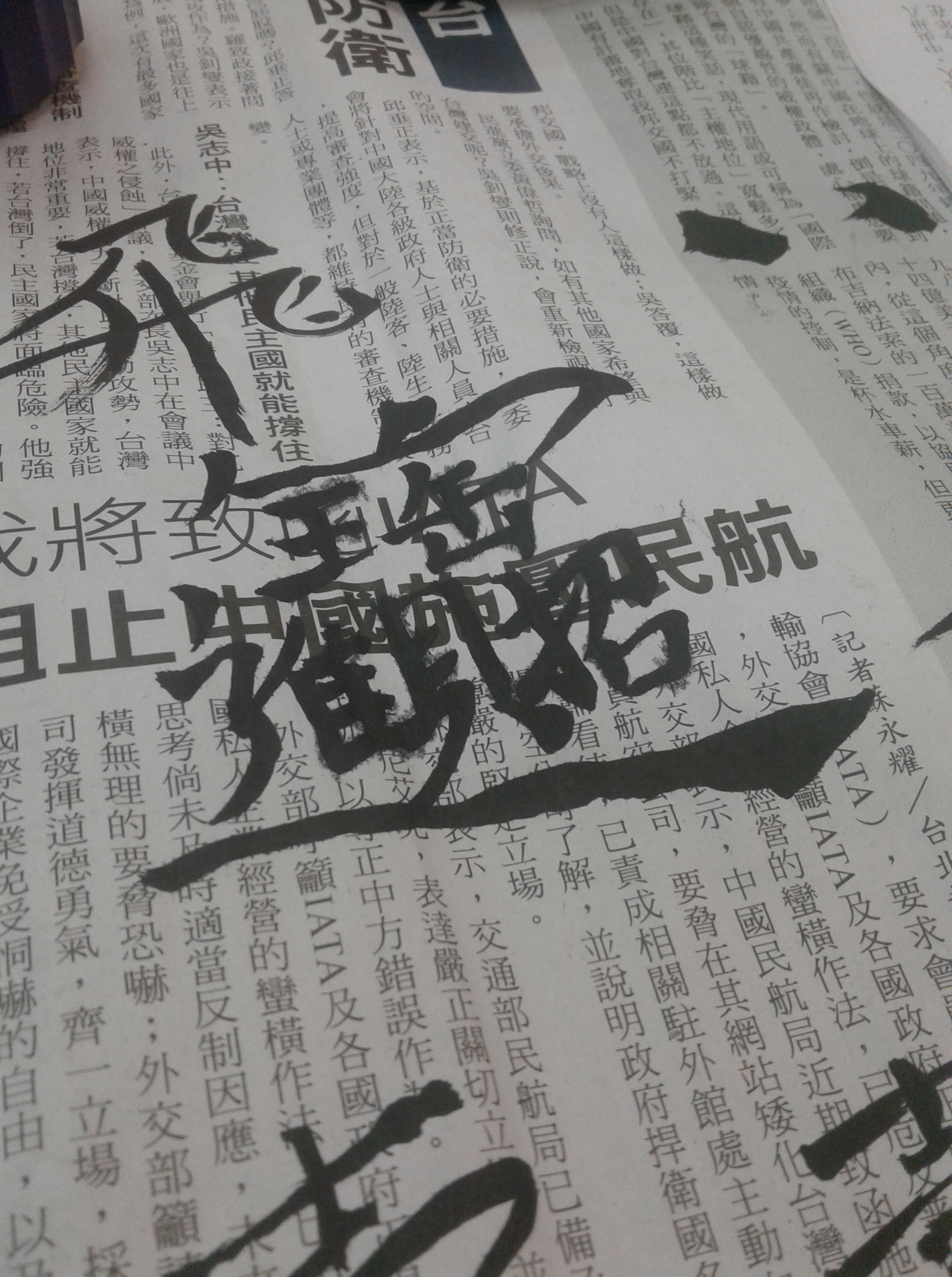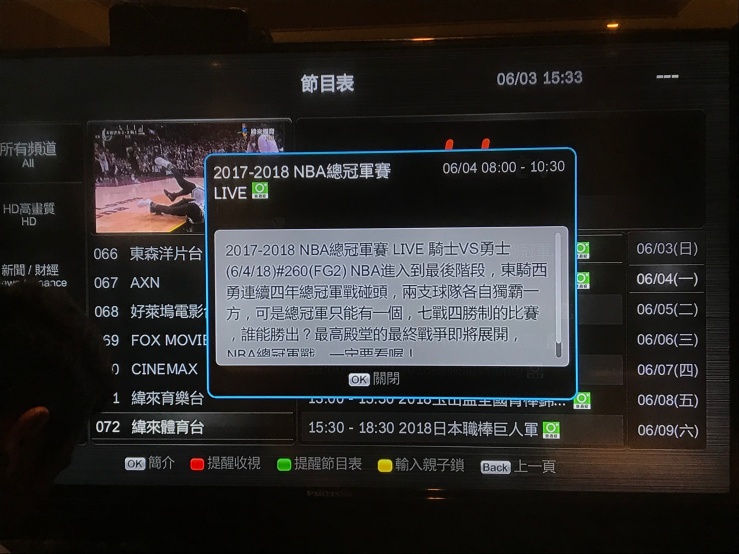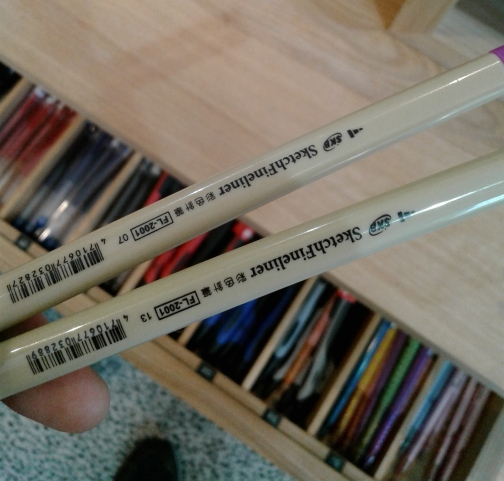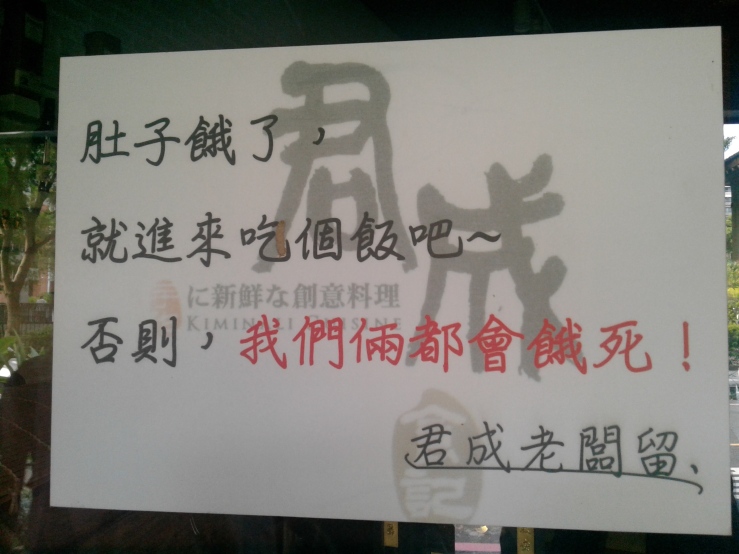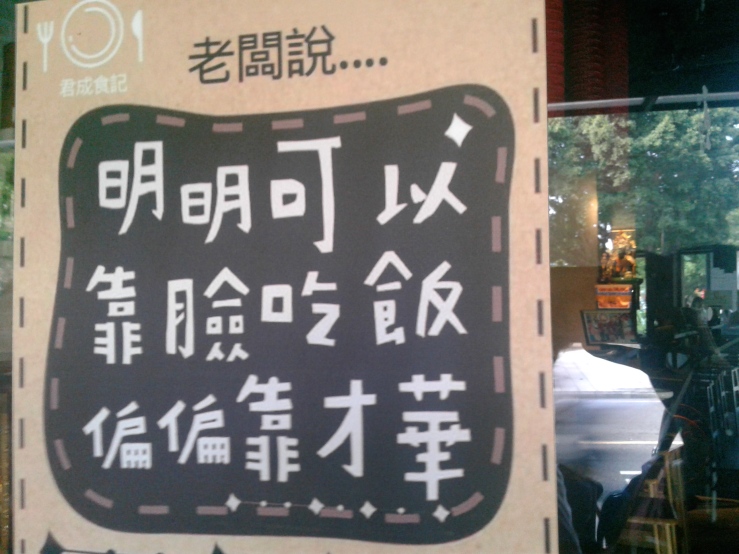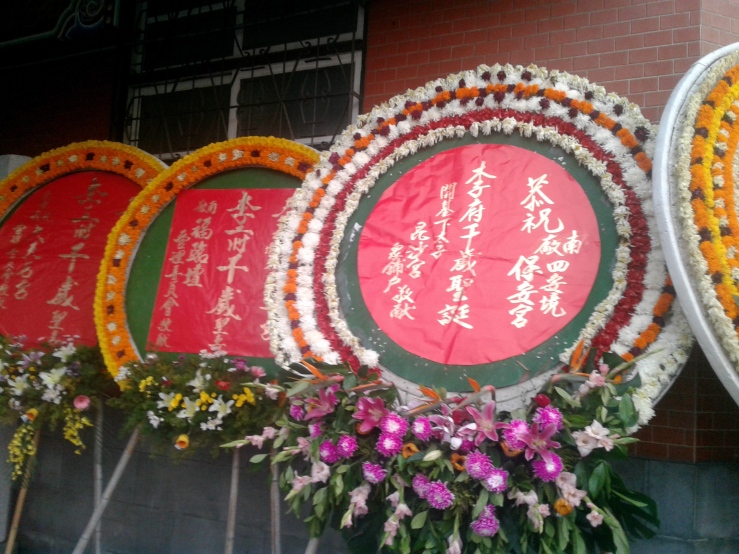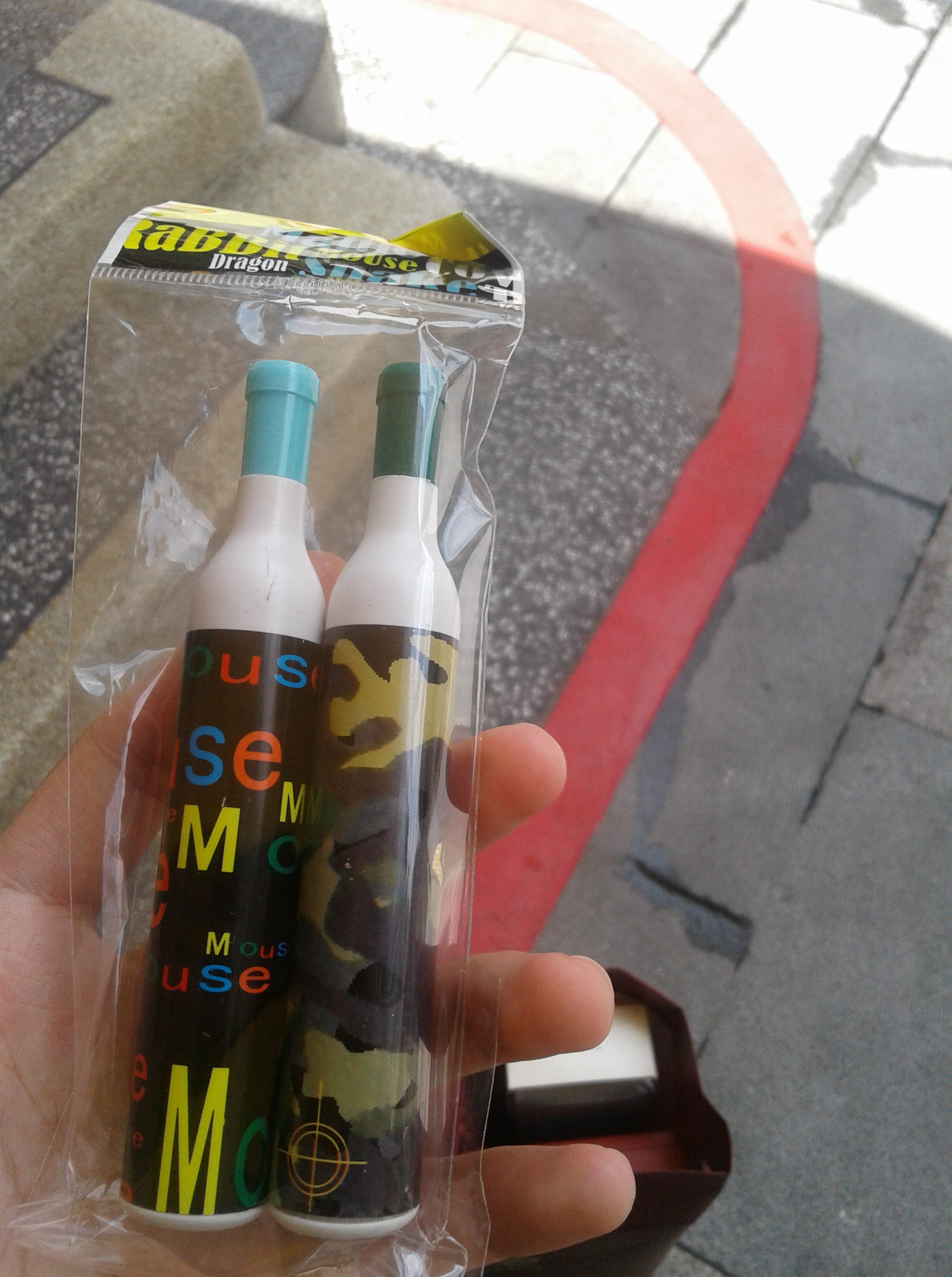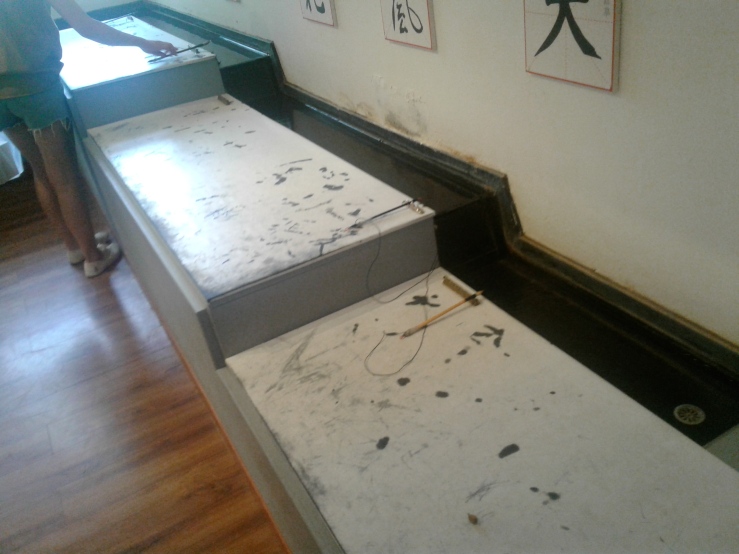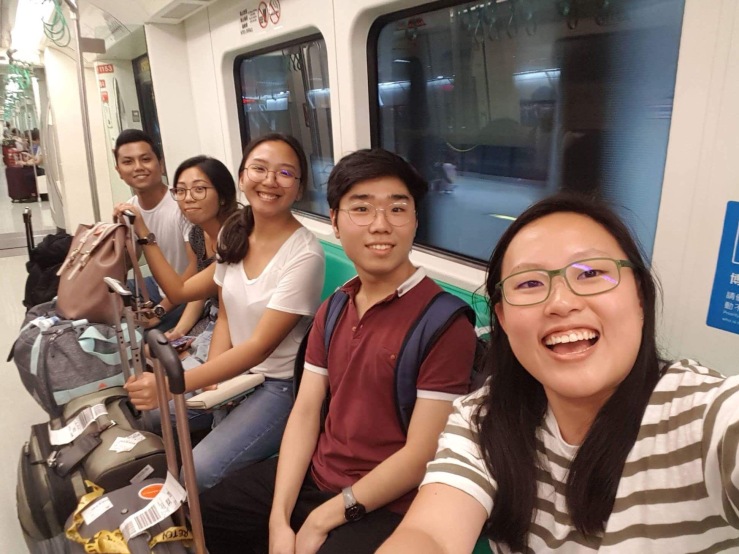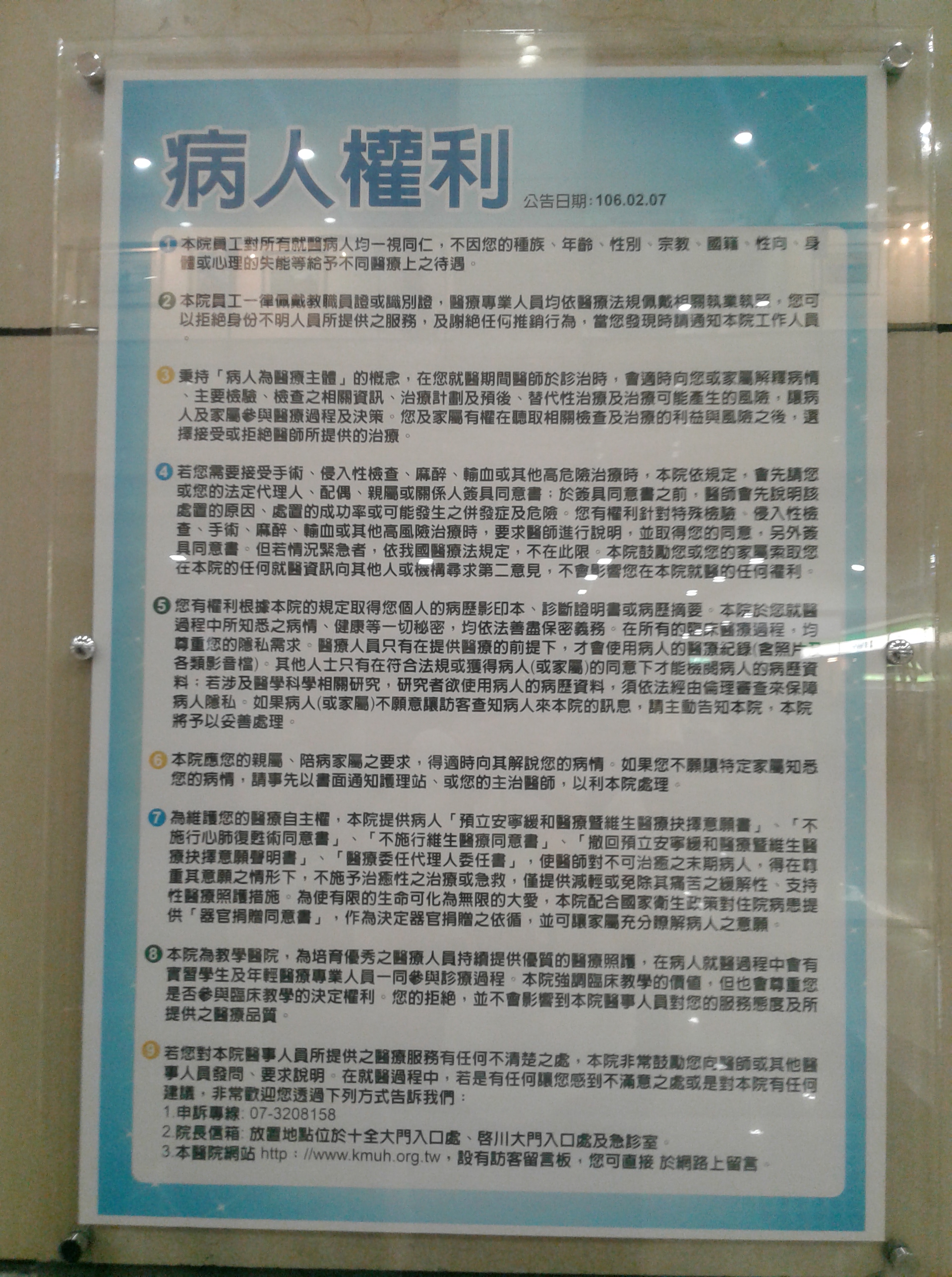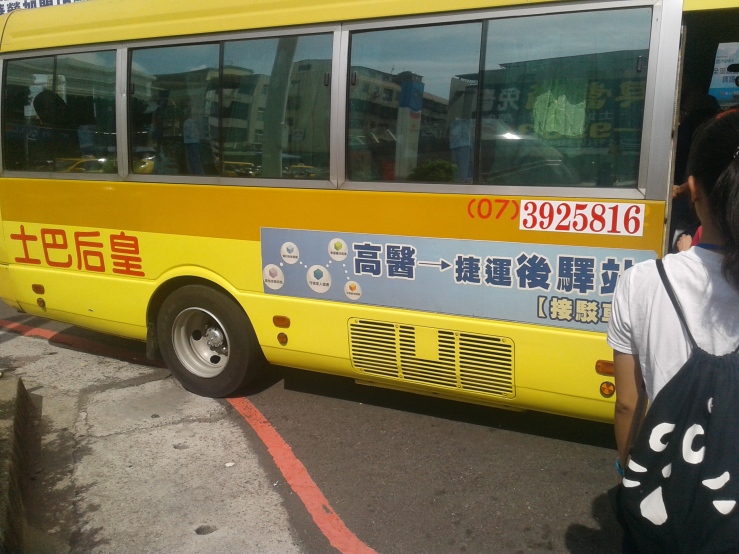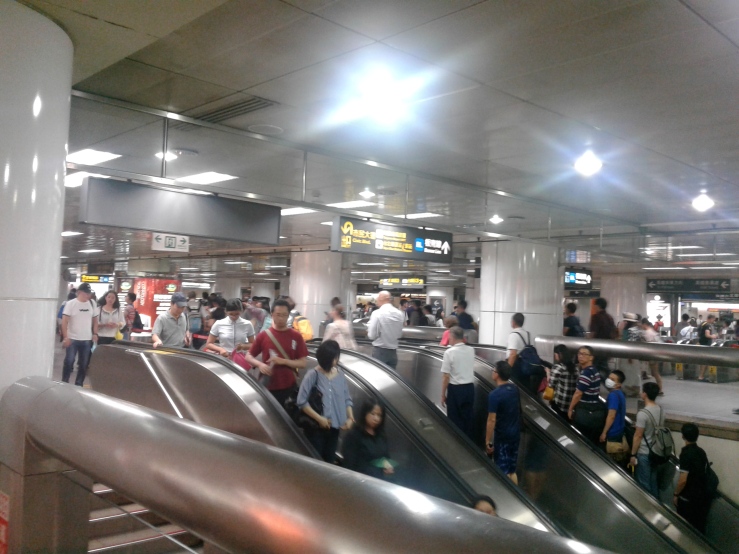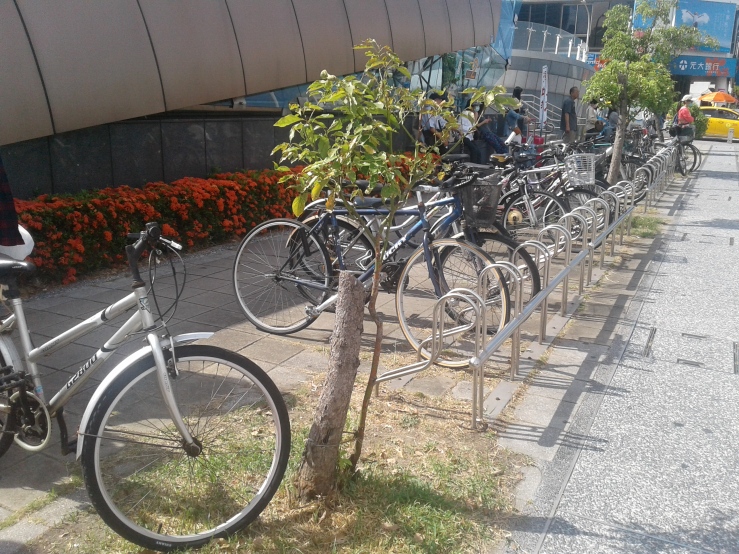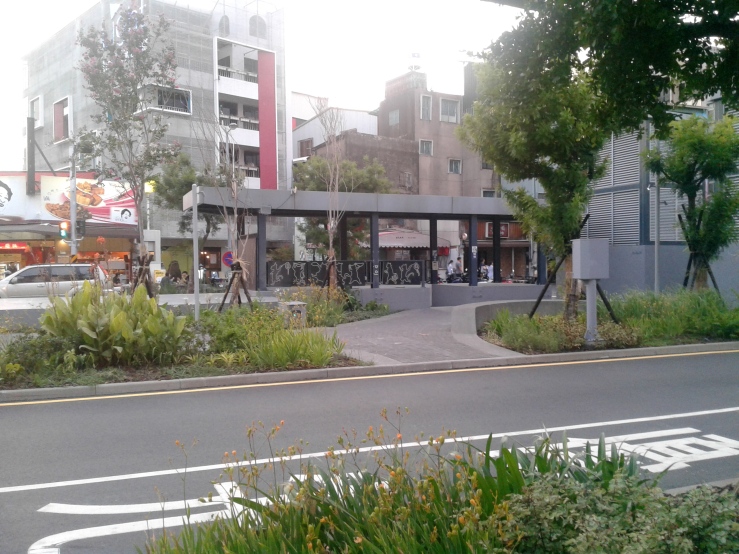The health aspect of Taiwan consists of the health issues in Taiwan, Traditional Chinese Medicine, and the history of medical arts.
臺灣的衛生方面包括醫療護理的問題、中醫、以及醫術歷史。
The cover photo shows the life cycle of Clonorchis sinensis in Chinese, because Clonorchiasis (infestation of a certain kind of parasitic worm) was prevalent in Taiwan before.
封面照片是中華肝吸蟲之生活史,因爲Clonorchiasis(就是肝吸蟲的蔓延)在以前的臺灣很流行。
1. Ironically, the most unpopular fields here are the mainstream fields in the Philippines – Surgery, Internal Medicine, OB-GYN, and Emergency Medicine. Orthopedics and Radiology (which they call here Department of Medical Imaging owing to the fact that MRI has no radiation) are among the most popular fields. Interestingly, under Internal Medicine, Nephrology is one of the most popular fields.
反話來說,在臺灣最不得人心的醫學系就是在菲律賓最有名的醫學系 – 外科、内科、婦產科、和急診科。骨科和放射科(因爲MRI沒有輻射,在這裏他們改【放射】為(仿佛是…)【醫用成像系】*)也是其中很有名的醫學科。在内科之内,腎科是其中最著名的醫學科。
2. Taiwan also has its share of health issues. With a nurse-to-patient ratio of 1:13, nurses are overworked, underpaid, and taken for granted. Each nurse had to carry around painkillers because they could not eat well and have a stomachache because of it. (In the Philippines though, the nurse-to-patient ratio is 1:15-26 in hospitals and 1:44-45 in provincial areas.) 40% of licensed nurses actually quit their jobs to become flight attendants and housewives instead. Just like the Philippines, people over-regard doctors over nurses. People even criticize the Taiwan Radical Nurses Union for their militant activism (protesting in the streets). Therefore, the nurses, in order to communicate to the citizens, they hold what they call “Bubble Tea Workshops” as a form of activism. They demonstrate and enact the situations of the nurses to ordinary citizens in order to make the understand the predicament that they are in. They beg the question: “To be that candle that burns and consumes itself in order to shine unto the lives of other people – is that still reasonable?” (燃燒自己、照亮別人)
臺灣也有自己的醫療護理問題。在一對十三(1:13)的護士和患者的對比的情況之下,護士們都是過勞、少付,以及當作理所當然的。每個護士都需要帶著止痛藥,因爲他門都吃不夠,因此害了肚子痛。(在菲律賓,在市内醫院的對比是一對二十五或二十六(1:25-26),但在鄉下的對比是更慘的一對四十四或四十五(1:44-45))。百分之四十(40%)的護士辭職,爲了成爲空服員或是家庭主婦。情況跟菲律賓一樣,人家重視醫師,輕視護士。人人也批評【臺灣基層護理產業工會】的路邊鬥爭性。因此,護士們,爲了跟民衆溝通,就舉行【泡茶討論班】為行動主義。他們把護士艱難的日常生活表演給人家,使他們能夠瞭解護士的困境。他們責問:【【燃燒自己,照亮別人】在今日還是合理嗎?】
3. Doctors have no protection laws, and this has caused some major incidents. In several incidents, mafias invaded and surrounded the ER while their bosses are being treated. In another incident, a mother died from amniotic fluid embolism – a complication of pregnancy that cannot be prevented. Because the judges are unacquainted with medicine, doctors are often held liable and their reputation gets destroyed. Consequently, the deceased mother’s family members and relatives formed a mob and threw death money in front of the doctor’s clinic.
這裏還沒有保護醫生的法律,因此發生了不少重大事件。有好幾次,流氓團伙們入侵包圍急診室,爲了等他們角頭的治療。在另一條事件,一位母親爲了【羊膜栓塞】而死。【羊膜栓塞】是一種不能避免的孕婦合并症。因爲法官們都不懂醫理,醫生們都成爲有罪,而他們的名聲被摧毀。因此,亡母的家庭和親戚聚伙,在醫生的診所前丟死錢。
4. Health is highly commodified. With a points-based system, both doctors and patient abuse this. Doctors could just swipe the cards of their relatives and put any kind of disease in order to get money from the government. Likewise, patients also exploit the loopholes in the system by exploiting the Emergency Medical Services (EMS) in order to obtain care as fast as possible for a “trivial” disease such as common colds.
衛生的商品化是個事實。在本著分數的制度之下,醫生和患者們都濫用系統。只要醫生們把親戚的保健卡刷一下,然後隨便打下某一病的名字,就能從政府收銀。患者們也是同樣利用系統的窟窿,利用【急診醫療服務】(EMS),對於一些簡單普通的感冒而已,來得到最快的治療。
5. Taiwan also has serious environmental issues such as illegal logging, mining, improper waste disposal driven by greedy businessmen, and this has caused lots of natural disasters and sinking of the land. The world’s largest CO2 producing industrial power plant is in Taichung.
臺灣也有重大的環保問題,包括濫伐森林、盜采、廢物不當處理,而且所有是由貪婪的生意人實行,影響土地放生了很多的災難和地沉。世界上最大的發出二氧化氮的電廠在臺中可見。
6. Kaohsiung University Hospital has an entire department dedicated to Traditional Chinese Medicine (TCM), composed of four divisions: Chinese Internal Medicine (CIM), Gynecology, Traumatology, and Acupuncture. They literally apply the principles of Traditional Chinese Medicine objectively; they have a software with an objective algorithm in formulating a diagnosis from a high definition tongue photo. They also have Thermography (basically a machine that shows the temperature map of the body) in determining the points of Qi for acupressure. They also have a Chinese Pharmacy that collects different herbs and turns them into powder (lyophilization), into pills, or into granules.
高醫大有完整的中醫系,包括:中醫内科、婦科、傷科、針灸。他們客觀地使用中醫醫理,並用有算法的軟體,從一片高清的舌頭照片來確診。他們也有溫度計(按照身體裏各處不同的溫度而創造身體地圖)來確定哪裏是要插進的【氣】點。他們也有中藥鋪來收藏百草,把它們變成粉子、丸子或是粒子。
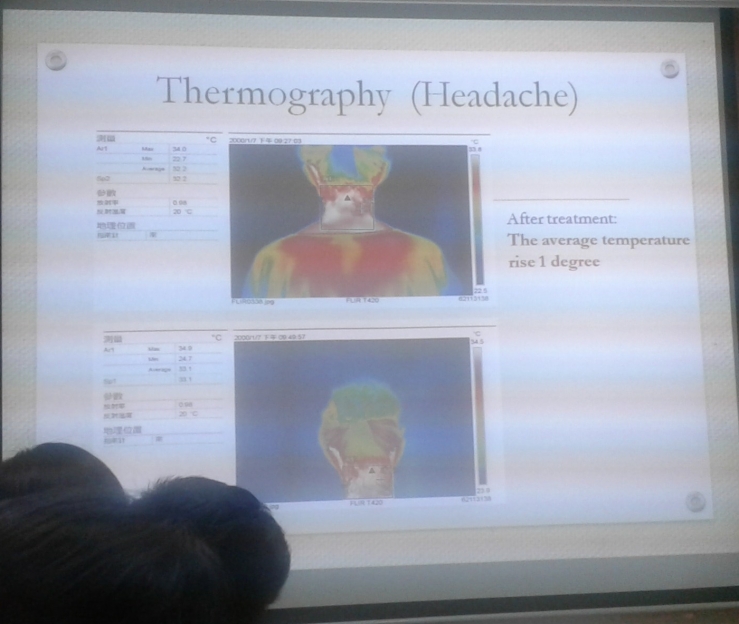
7. While Western Medicine thinks in a more reductionist matter, Traditional Chinese Medicine (TCM) focuses on Systemic Correspondence, answering the question “What is the relationship of A to B?” rather than “Which A causes B?” Moreover, in Traditional Chinese Medicine too you can find even more accurate definitions of certain physiological imbalances and symptoms of diseases. Reynaud’s Phenomenon was explained in terms of the theory of TCM as a manifestation of insufficient circulation due to an excess of cold.
西醫的想法是好像在解剖的樣子。中醫的重點是【系統對應】。中醫不問【哪一個具體的原因造成某某的影響?】,而是問,【這兩事件的關係如何。】況且在中醫裏,有時候有更詳地細描述一個病的臨床表現。在中醫醫理,Reyanud的現象是由於過冷而產生不足血液循環。
8. TCM still involves Chief Complaint, History of Present Illness, Past Medical History, then Physical Exam and Laboratory Data. The balance of Yin and Yang is then evaluated. The patient’s whole condition is assessed. The diagnosis and management are based on these findings.
中醫醫療還包括主要投訴、目前病歷、過去病歷、然後體格檢查和檢驗資料。然後,陰陽平衡就得測評。患者整體的情況就得測評。診療就是根據這些的成果。
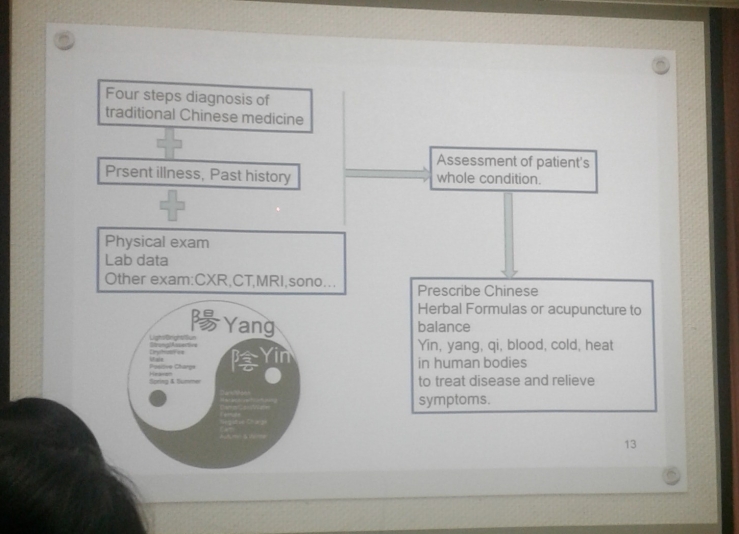
9. Acupuncture points are not haphazardly chosen, but rather are very objective. These are adapted by the World Health Organization. There are 361 acupuncture points distributed under 14 meridians. Each point is systemically named, for example ST42 衝陽, BL3 眉衝, or CV14 巨闕. (More from this source: http://apps.who.int/medicinedocs/en/d/Jh2947e/4.3.html)
穴位不是隨便選的,而是很客觀的。WHO有應用針灸醫理。一共有三百六十五穴位分在十四條經路。每一位有名字,例如: ST42 衝陽、 BL3 眉衝、 或 CV14 巨闕。(更多的在此可見:http://apps.who.int/medicinedocs/en/d/Jh2947e/4.3.html)

(Image taken from: Pinterest)
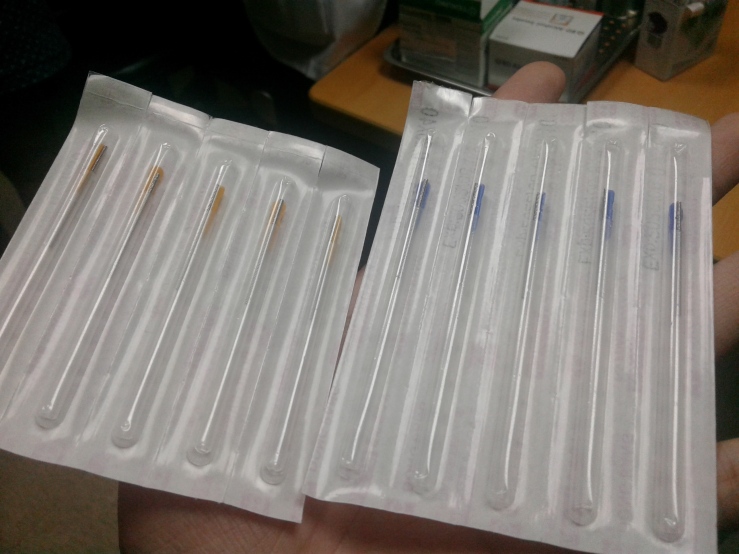
10. Ancient China had bronze statues used for exams to test if the student knows how to do proper acupuncture. A correct location of acupuncture would lead to a release of flowing mercury (which is dangerous).
中國古代有銅像來側臉學生是否知道穴位。對的就會使汞流出來(這好危險哦)。

11. Shiunko is an TCM ointment used for burns and wounds. Here’s a Pubmed article elucidating its effects: https://www.ncbi.nlm.nih.gov/pmc/articles/PMC3842876/
Shiunko奶油是用來治燒傷和外傷。
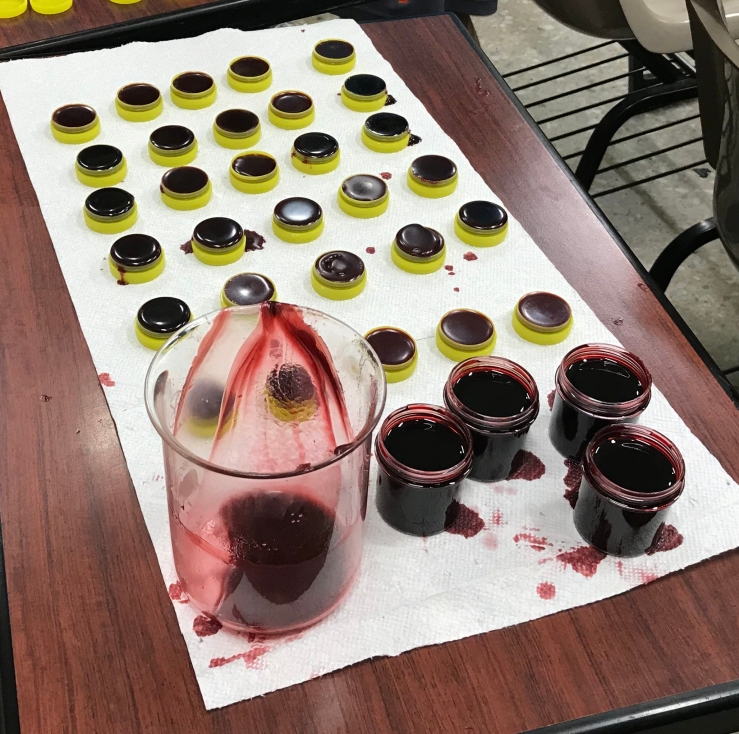
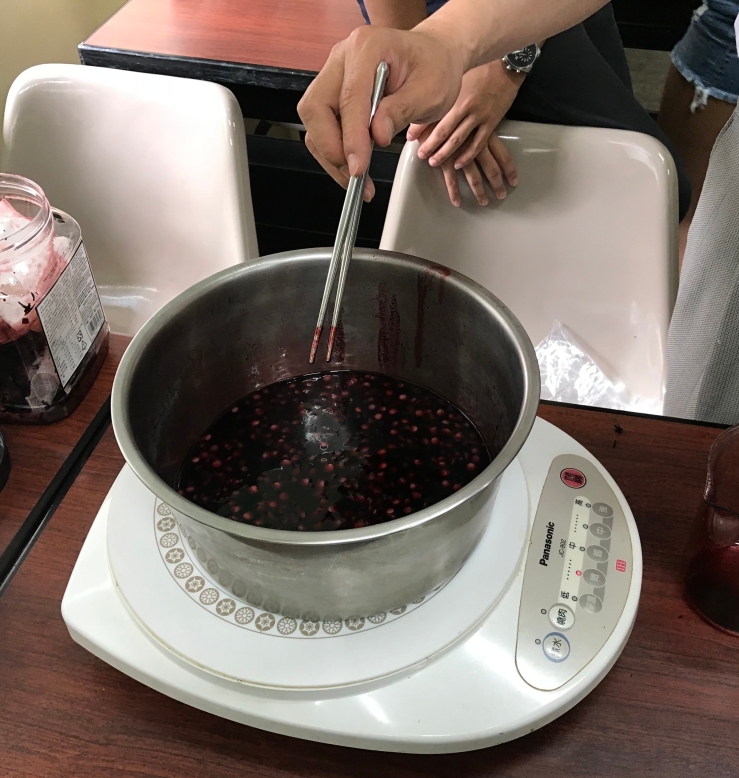
12. In the doctors’ meeting room, computers have an interesting screensaver reminding them the importance of handwashing.
醫生們的會議室裏的電腦有很有趣的屏保,就是提醒他們習慣洗手的重要性。

13. Medical exams in the past were easier and harder in different aspects. Dr. David Manson (the name in this photo) is the Father of Tropical Medicine.
以前的醫學評測有方面更容易,也有方面更難。Dr. David Manson(照片裏的名字)是熱帶醫學之父。
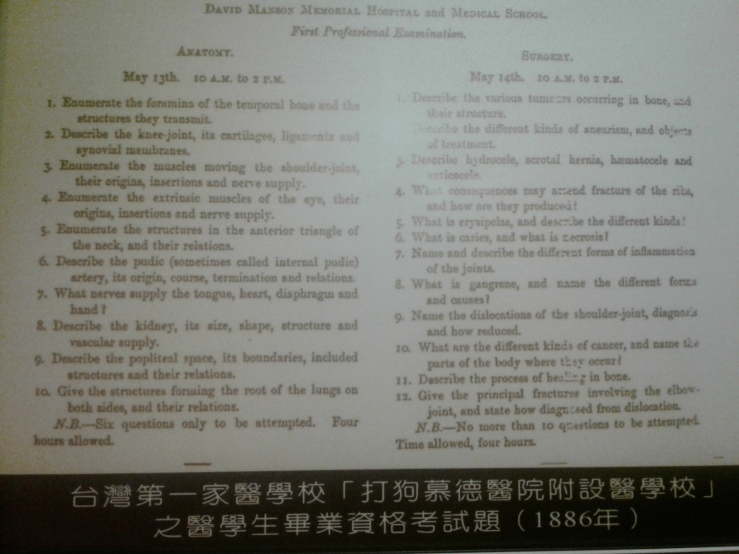
14. Dr. James Maxwell is known as the Father of Modern Medicine in Taiwan. He used to work in England, but because he wanted to spread the gospel, he came to Kaohsiung (formerly called Takao/打狗) as a doctor missionary.
Dr. James Maxwell是臺灣的現代醫學之父。他們來在英國職業,但因爲他想宣揚福音,她就來高雄(以前叫【打狗】)為醫師和傳教士。
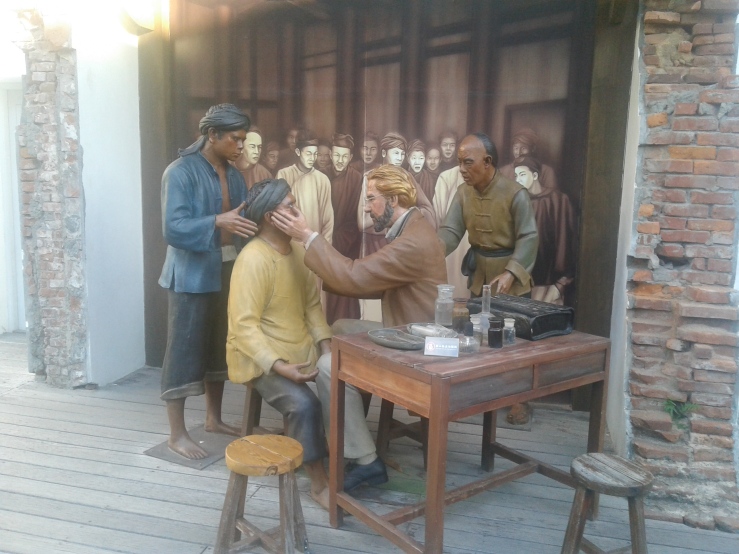
15. Medical books in the past were also written in romanized Taiyu/Taigi/Hokkien.
以前的醫學書也是用羅馬字的臺語或福建話寫的。
